Exotic and welcoming, barely known and little visited, Sri Lanka has been quietly inching its way onto the radar of those looking for the next great destination. Since the 2009 end of its quarter-century-long civil war, the 25,000-square-mile island nation located off the southeast coast of India feels poised to regain its place as one of Asia’s new darlings. The tropical island’s mood feels hopeful and confident, and—although it may take a while to get there (especially for American travelers)—it is worth every effort and cost.
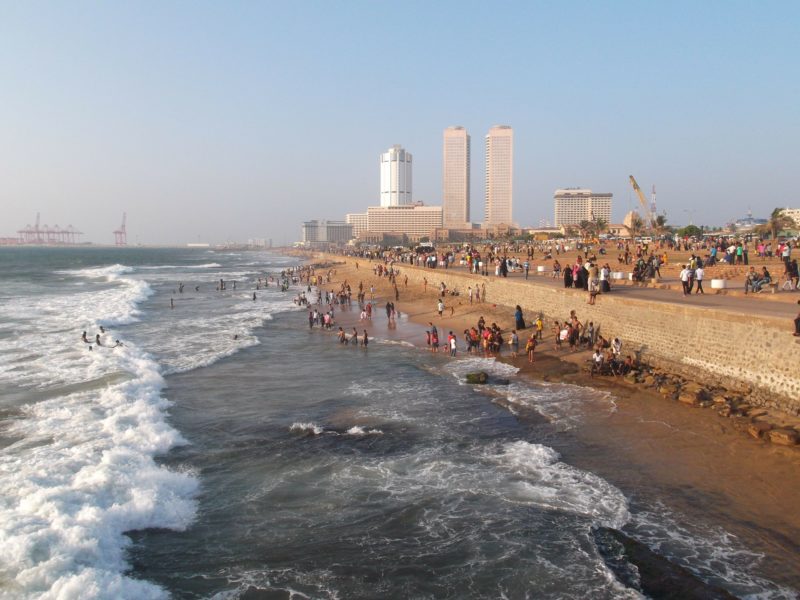
An initial glimpse of tourism’s potential on this Indian Ocean island (called Serendip by the early Arab traders—thus giving us the word serendipity or “happy accident”) will come upon arrival in the coastal capital of Colombo and a sampling of a growing number of restaurants that showcase the country’s complex and delicious local cuisine—one that uses ingredients similar to those of India but generally less fiery (a final flourish might be creamy ice cream made from coconut, ginger, and cinnamon—the country grows arguably the world’s finest and we found it in curries, cocktails, and soap). With a literacy rate of 92%, possibly the highest in the region, and a reputation for uncommonly friendly folks, eateries are filled with an upbeat mix of young and professional locals.
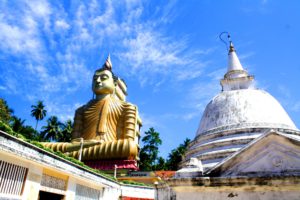 The Dutch, the Portuguese, and the British all wanted a piece of this exotic island located on the trade routes connecting east and west. They left behind vestiges both visible and invisible in today’s Colombo. From the hustle and bustle vaguely reminiscent of India’s cities, head for the lush interior, through farmland dotted with stupas (Buddhist shrines) and palm trees, where it can feel more like Bali or Thailand of many years ago. Days are filled with visits to ancient temples and elephant sanctuaries, delicious meals of traditional specialties, canoe rides in quiet backwaters leading to sleepy villages, or the Royal Botanical Gardens that were once the pleasure gardens of kings.
The Dutch, the Portuguese, and the British all wanted a piece of this exotic island located on the trade routes connecting east and west. They left behind vestiges both visible and invisible in today’s Colombo. From the hustle and bustle vaguely reminiscent of India’s cities, head for the lush interior, through farmland dotted with stupas (Buddhist shrines) and palm trees, where it can feel more like Bali or Thailand of many years ago. Days are filled with visits to ancient temples and elephant sanctuaries, delicious meals of traditional specialties, canoe rides in quiet backwaters leading to sleepy villages, or the Royal Botanical Gardens that were once the pleasure gardens of kings.
Some of the island’s 8 UNESCO-listed treasures are found within the Cultural Triangle, which showcases more than 2,000 years of history. Sigiriya (Lion Rock) is its premier attraction, a 1,500-year-old fortress/palace complex still dominated by a looming 600-foot flat-topped volcanic pillar with caves richly decorated with exquisite frescoes of young women in come-hither poses.
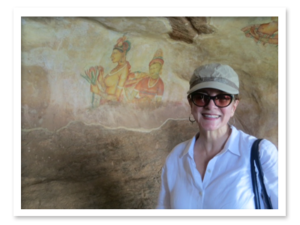 You can see the profile of Sigiriya from Dambulla, another ancient site in the heart of the Cultural Triangle (distances can be short and roads are decent, making touring manageable and easy). Here, a steep climb leads to five fresco-covered and Buddha-filled caves (the 50-foot-long reclining Buddha is just one of more than 150 figures) carved out of the cliff face in the 1st century and later embellished by local kings in the 17th through 19th centuries.
You can see the profile of Sigiriya from Dambulla, another ancient site in the heart of the Cultural Triangle (distances can be short and roads are decent, making touring manageable and easy). Here, a steep climb leads to five fresco-covered and Buddha-filled caves (the 50-foot-long reclining Buddha is just one of more than 150 figures) carved out of the cliff face in the 1st century and later embellished by local kings in the 17th through 19th centuries.
The cultural capital of the country, and the last seat of the Sri Lankan kings, is the historic town of Kandy—with a large manmade lake at its center—which makes an excellent jumping-off point for visiting the Cultural Triangle. It is also the site of the sacred 18th-century Temple of the Tooth, the country’s most revered relic, a tooth of the Buddha. Streams of pilgrims—dressed in traditional white—come from all over to enjoy an unusual private viewing of the relic.
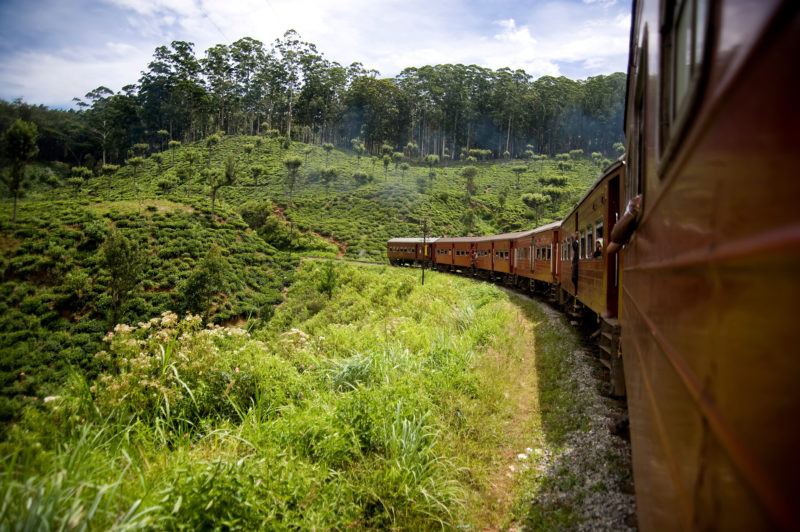
From Kandy it is not far to the cool altitudes of the high tea-growing country. Reached by a wonderfully scenic 2-hour train ride up to the rolling hills of the Central Highlands, the lush tea plantations you see today were first planted by the English in 1867, when the country was still known as Ceylon (although it gained independence from Britain in 1948, it did not change its name until 1972) and became—as it remains—one of the world’s most important exporters of fine tea. There is also a wealth of wildlife to be seen here. The 400-square-mile Yala National Park is one of the best places in the world for leopard-spotting. Minneriya is ideal for watching large herds of elephants in the wetlands’ late afternoon light—just a sampling of the 5,000 that live on the island in the wild.
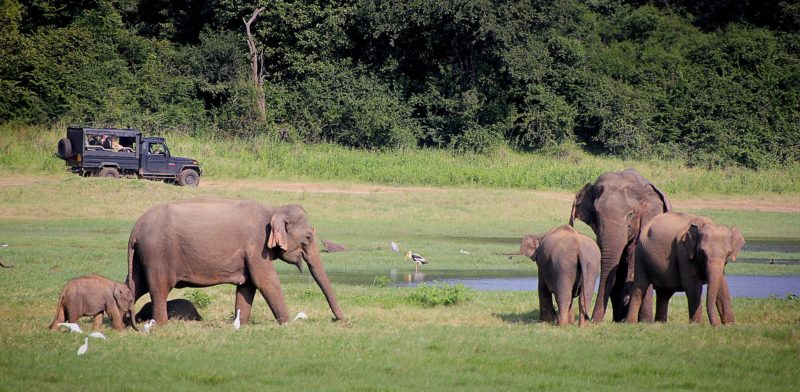 The much-photographed walled city of Galle Fort, south of Colombo is the country’s best-preserved colonial city and the gateway to the south. Developed by the Dutch in 1663 after they seized it from the Portuguese, it has a blend of buildings designed in European architectural styles along the narrow streets, housing shops both quirky and upscale, open-air cafés and small casual restaurants. Outside of town a swath of pristine beaches has become an irresistible draw in this part of the country, as is the great dolphin- and blue whale-watching that is gaining an international reputation.
The much-photographed walled city of Galle Fort, south of Colombo is the country’s best-preserved colonial city and the gateway to the south. Developed by the Dutch in 1663 after they seized it from the Portuguese, it has a blend of buildings designed in European architectural styles along the narrow streets, housing shops both quirky and upscale, open-air cafés and small casual restaurants. Outside of town a swath of pristine beaches has become an irresistible draw in this part of the country, as is the great dolphin- and blue whale-watching that is gaining an international reputation.
I remain enamored of this petite Pearl of the Indian Ocean, though Neil D’Souza, the founder of Ventours, the Mumbai-based tour company that planned my customized stay, envisions it more as a gem, perhaps thinking of the fabled blue sapphires for which Sri Lanka has long been known. “Sri Lanka is something of a hidden gem— it has everything a gem should have: sparkle, authenticity, and irresistibility.”
For more information on Ventours International Travel, visit their site.
![]()
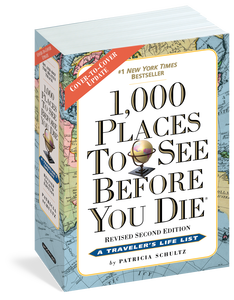 About the Book:
About the Book:
The world’s bestselling travel book is back in a more informative, more experiential, more budget-friendly full-color edition. A #1 New York Times bestseller, 1,000 Places reinvented the idea of travel book as both wish list and practical guide. As Newsweek wrote, it “tells you what’s beautiful, what’s fun, and what’s just unforgettable—everywhere on earth.” And now the best is better. There are 600 full-color photographs. Over 200 entirely new entries, including visits to 28 countries like Lebanon, Croatia, Estonia, and Nicaragua, that were not in the original edition. There is an emphasis on experiences: an entry covers not just Positano or Ravello, but the full 30-mile stretch along the Amalfi Coast.
Every entry from the original edition has been readdressed, rewritten, and made fuller, with more suggestions for places to stay, restaurants to visit, and festivals to check out. And throughout, the book is more budget-conscious, with starred restaurants and historic hotels such as the Ritz, but also moderately priced gems that don’t compromise on atmosphere or charm.
The world is calling. Time to answer.
Buy the Book
Amazon | B&N | Indiebound | Workman

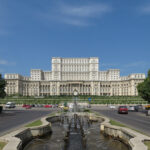

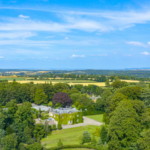
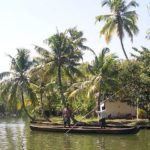
No Comments